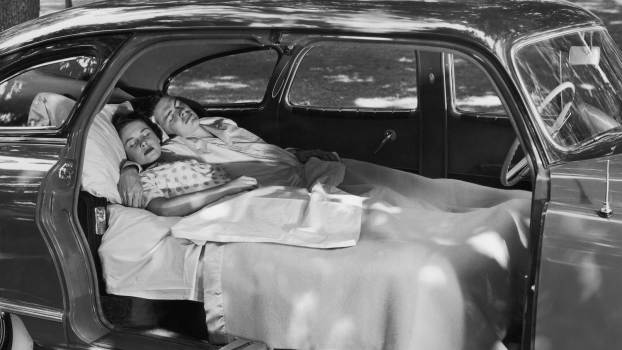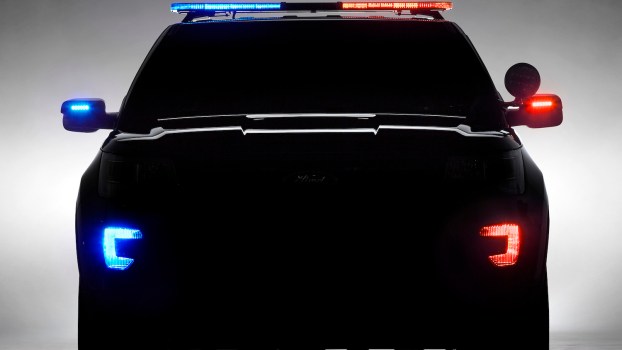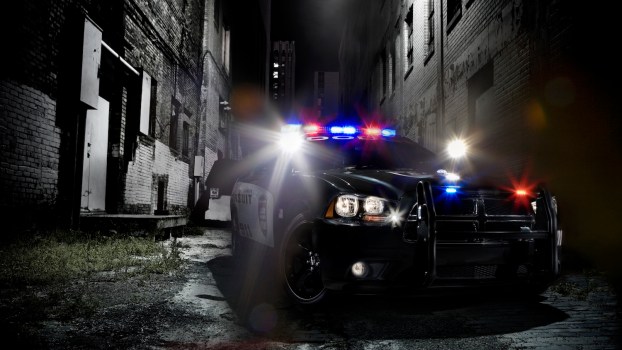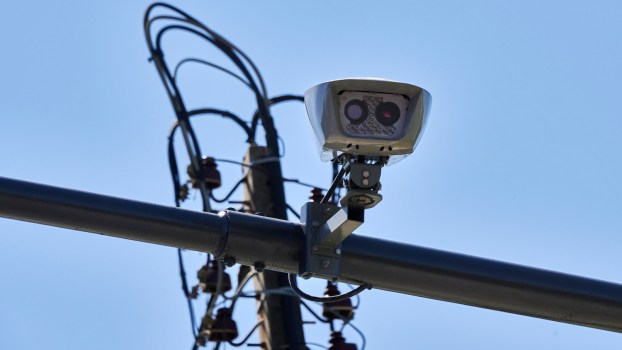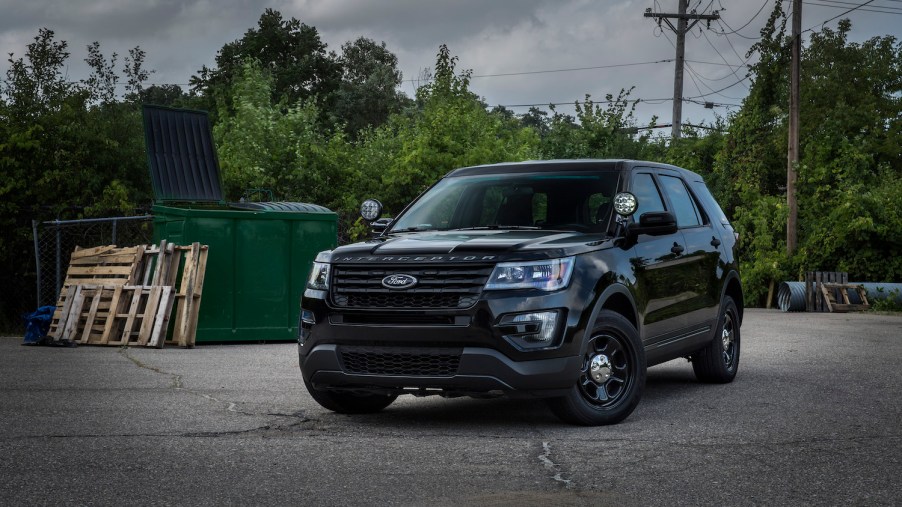
Here Are All the States That Allow Unmarked Police Cars To Pull You Over
Some police departments believe patrolling in unmarked police cars is important for traffic safety and car safety. But not every state allows officers to complete traffic stops in unmarked police cars. Some states even forbid patrolling in unmarked cars. Here are unmarked police car rules broken down by state.
More states allow undercover cop cars than allow unmarked police cars
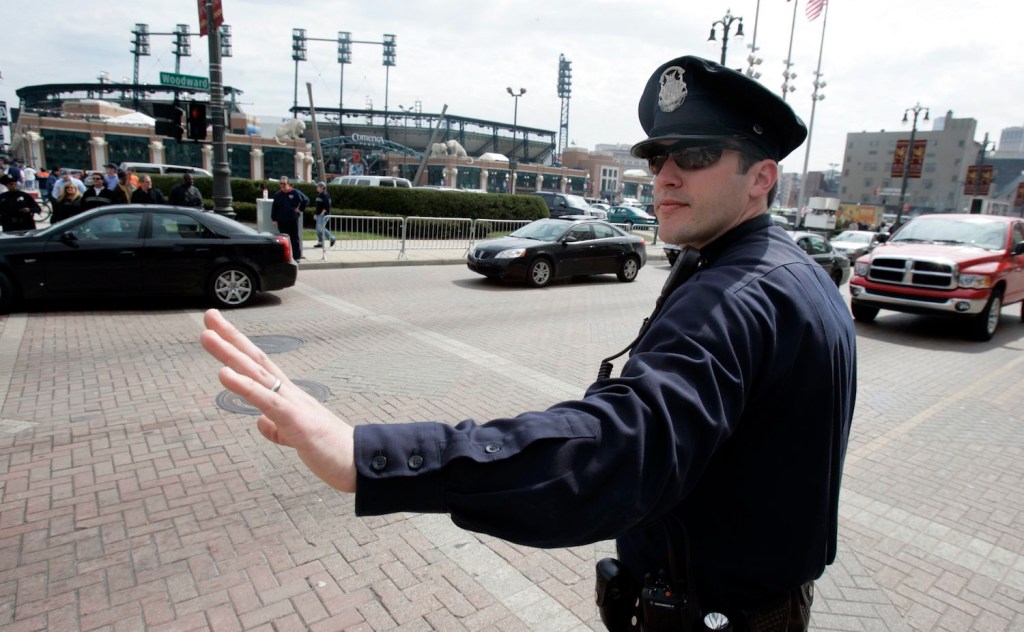
First, we have to define unmarked police cars. There is a big difference between undercover cop cars and unmarked police cars.
Most states allow police officers to conduct undercover investigations–with special permission. While undercover, these officers will drive whatever vehicle best fits their cover. Just like every other aspect of the undercover police officer’s persona, their vehicle is meant to throw criminals off the trail.
An undercover agent’s vehicle might be a work truck, a Harley-Davidson, or an import racer. But it will not look anything like a police department interceptor. Instead, it will look like a civilian vehicle, down to the registration and insurance in its glovebox.
While some undercover cop cars look just like any other car, the officers driving them will not blow their cover to enforce a misdemeanor traffic offense.
Several states prohibit unmarked police cars making traffic stops
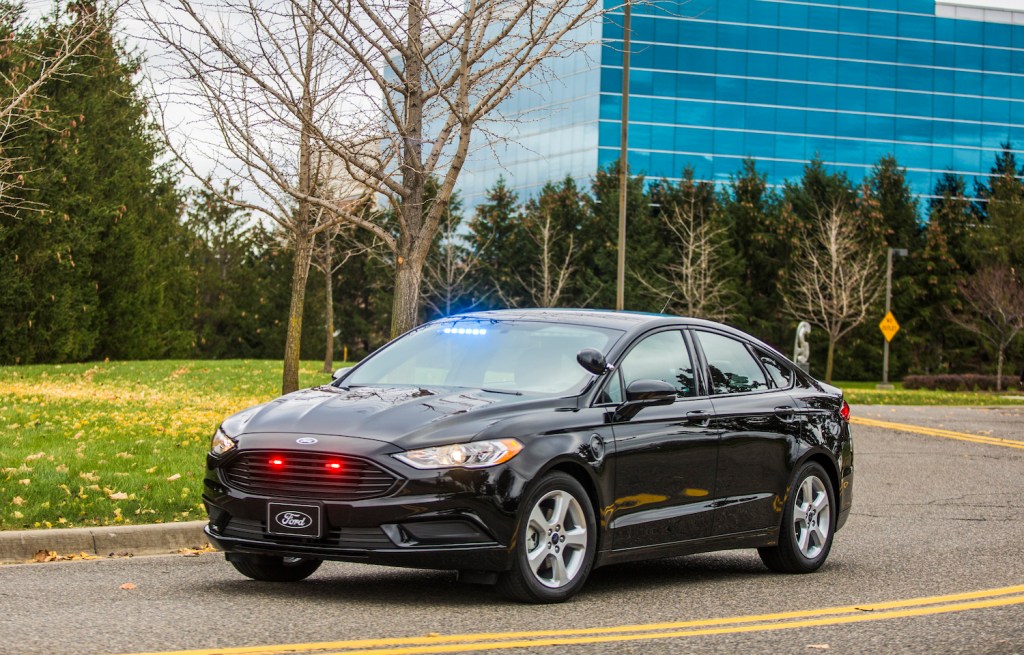
According to the Motor and Wheel website, several states allow police officers to use unmarked police cars to patrol traffic, but not to make traffic stops. If they catch you speeding, they have to radio a fully marked police car or police SUV to pull you over.
Several other states allow police officers in unmarked vehicles to make a traffic stop during an emergency situation. In many of these states, the police officer in question must suspect that a crime is being committed or will soon be committed. In other states, the police officer must believe public safety is in jeopardy.
Some states specify that any officers operating unmarked vehicles must be wearing an official police uniform. A few states add that any plainclothes officers can only complete traffic stops if driving a fully marked police vehicle.
Below are the specific unmarked police car laws for every state. Make sure to research local laws as they are subject to change, this article is no substitute for proper legal advice.
Unmarked police car laws by state
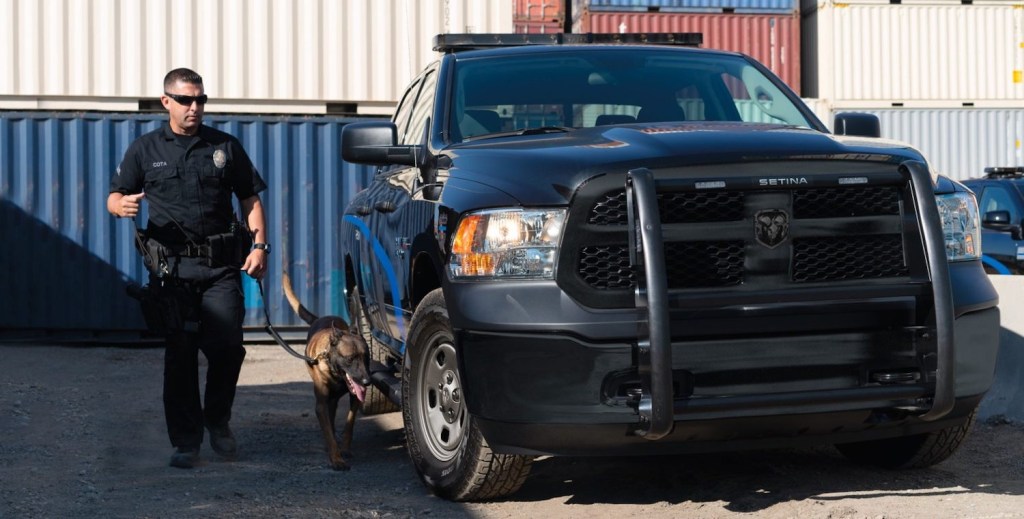
You can look up unmarked police car laws for your state below. Then you can read up on how to spot an unmarked police car, or see the most popular makes and models for unmarked police cars.
| State | Unmarked Police Car Law |
| Alabama | Police officers can patrol and pull motorists over in unmarked cars. |
| Alaska | Offices in unmarked vehicles can patrol, but best practice is radioing marked vehicles to complete traffic stops. In emergency circumstances, an officer in an unmarked vehicle can pull a driver over. |
| Arizona | Police officers can patrol and pull motorists over in unmarked cars. |
| Arkansas | Police officers can patrol and pull motorists over in unmarked cars. |
| California | Police may not use an unmarked vehicle for either routine or official traffic control. |
| Colorado | Police officers can pull motorists over in both marked and unmarked cars. |
| Connecticut | Police in unmarked vehicles can watch traffic, but should radio marked vehicles to complete traffic stops. Generally, an officer can make an exception when public safety is threatened. |
| Delaware | Police officers can pull motorists over in both marked and unmarked cars. That said, most unmarked cars in Delaware are driven by detectives and not used for traffic stops. |
| District of Columbia | In Washington D.C., police in unmarked cars cannot pull you over for petty traffic offenses; only officers on undercover investigations or otherwise confidential duties can drive unmarked cars so it is rare they enforce traffic laws. |
| Florida | Police officers can pull motorists over in unmarked cars. |
| Georgia | Officers can do traffic stops in unmarked cars, but unmarked cars cannot be used solely for traffic duty and patrol. Therefore, most unmarked cars belong to non-traffic units. |
| Hawaii | Police officers can pull motorists over in both marked and unmarked cars. Officers can even enforce traffic laws in their prersonal vehicles, when equipped with blue lights. |
| Idaho | Police may not use an unmarked vehicle for either routine or official traffic control. Idaho State Police are currently proposing a less strict policy. |
| Illinois | Unmarked vehicles (including motorcycles) and “semi-marked” vehicles can patrol and make arrests. That said, officers in such vehicles must defer to officers in marked vehicles during a pursuit: whenever possible, an unmarked vehicle should not be the “primary unit” during a high-speed pursuit. |
| Indiana | A police officer in an official uniform may use an unmarked vehicle for traffic enforcement and stops. A plain-clothes police officer must use a fully marked vehicle for traffic stops. |
| Iowa | Even though the Iowa State Patrol technically allows unmarked patrol vehicles, most of its police vehicles are currently marked. |
| Kansas | State police officers can pull motorists over in unmarked cars. “Unmarked” patrol cars still have state police door shield decals. Only special (non-traffic) units can do away with these door decals. |
| Kentucky | Police officers can patrol and pull motorists over in unmarked cars–if they use sirens/air horns and keep their emergency lights on for the entire traffic stop. |
| Louisiana | A police officer in an official uniform may use an unmarked vehicle for traffic enforcement and stops. |
| Maine | Officers in unmarked cars can patrol and pull motorists over but not engage in continuous pursuit. |
| Maryland | Police officers can pull motorists over in unmarked cars if they use both lights and sirens. |
| Massachusetts | Police officers can pull motorists over in unmarked cars. |
| Michigan | Officers in unmarked patrol cars patrolling for distracted drivers are relatively common, as part of “Operation Ghostrider.” That said, they radio a trooper in a marked vehicle to initiate the traffic stop. |
| Minnesota | State police officers can pull motorists over in unmarked cars, if authorized by the Commissioner of Public Safety. “Unmarked” patrol cars still have door shield “Michigan State Police” decals. Only special (non-traffic) units can do away with these door decals. |
| Mississippi | Police officers can patrol and pull motorists over in unmarked cars. |
| Missouri | Police officers in unmarked cars can pull motorists over but must always use both a red flashing light and siren for a traffic stop. |
| Montana | Officers in unmarked cars cannot pull you over for petty traffic offenses; only police on undercover investigations or otherwise confidential duties can drive unmarked cars. |
| Nebraska | Officers in unmarked vehicles can patrol, but the best practice is radioing marked vehicles to complete traffic stops. In emergency circumstances, an officer in an unmarked vehicle can pull a driver over. |
| Nevada | Though unmarked cars are rare in Nevada, officers wearing an official uniform are allowed to patrol and enforce traffic laws while driving unmarked cars. |
| New Hampshire | It is not only legal for police officers to enforce traffic laws in unmarked patrol cars, but it is becoming the norm. |
| New Jersey | Police in unmarked vehicles can patrol and watch traffic but should radio marked vehicles to complete traffic stops. Generally, an officer can make an exception when public safety is threatened. |
| New Mexico | Officers in unmarked cars cannot pull you over for petty traffic offenses; only police on officially licensed undercover investigations can drive unmarked cars. |
| New York | Police in unmarked vehicles can patrol and observe traffic but should radio marked vehicles to complete traffic stops. Generally, an officer can make an exception when public safety is threatened. |
| North Carolina | In certain circumstances, officers can use unmarked vehicles for a pursuit. But 83% of highway patrol vehicles must be fully marked. |
| North Dakota | Police officers can patrol and pull motorists over in unmarked cars–if they use sirens/air horns and keep their emergency lights on throughout the traffic stop. These lights must be red and white and visible for five hundred feet. |
| Ohio | Officers primarily on traffic patrol and enforcement must use marked cars. Investigation/undercover officers in unmarked cars can pull over drivers for violations–if they encounter them. |
| Oklahoma | Police may not use an unmarked vehicle for either routine or official traffic control. |
| Oregon | Police squads must request special permission to operate unmarked vehicles on traffic patrols or other undercover investigations. If granted, they can run unmarked cars with standard-issue license plates. |
| Pennsylvania | Uniformed police in unmarked vehicles can watch traffic but should radio marked vehicles to complete most traffic stops. The only exception is when a crime threatens public safety, in which case the officer must use visual/audio signs (lights/sirens) and display identification upon request. |
| Rhode Island | A police officer in an official uniform may use an unmarked vehicle for traffic enforcement and stops. |
| South Carolina | Police may not use an unmarked vehicle for either routine or official traffic control. |
| South Dakota | Police officers in unmarked cars can complete traffic stops. |
| Tennessee | No limitations on how police use unmarked cars. |
| Texas | A police officer in an official uniform–or displaying a badge–may use an unmarked vehicle for traffic enforcement and stops when they witness or suspect a traffic violation. If the driver flees, a marked vehicle must be called to initiate the pursuit. |
| Utah | Police officers can patrol and pull motorists over in unmarked cars. |
| Vermont | Police officers can patrol and pull motorists over in unmarked cars. |
| Virginia | A police officer in an official uniform may use an unmarked vehicle for traffic enforcement and stops. |
| Washington | The state police do use unmarked vehicles; local police must use marked cars for traffic patrol, according to the Spokane Police. |
| West Virginia | Police may not use an unmarked vehicle for either routine or official traffic control. |
| Wisconsin | Police may use an unmarked vehicle for traffic patrol and stops if it is equipped with both red and blue flashing lights. |
| Wyoming | Police may patrol in an unmarked car but may only conduct traffic stops in an emergency situation. Even an unmarked car must have both red and blue flashing lights. |
